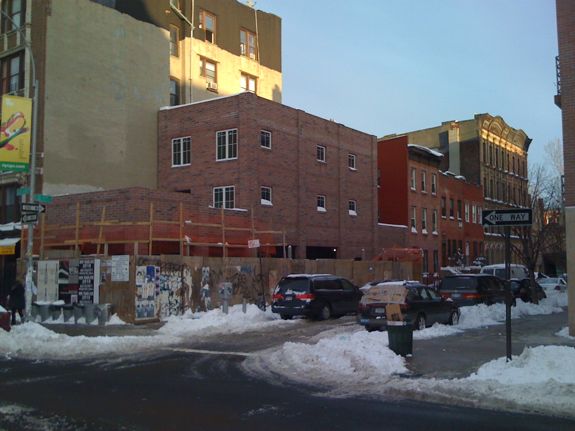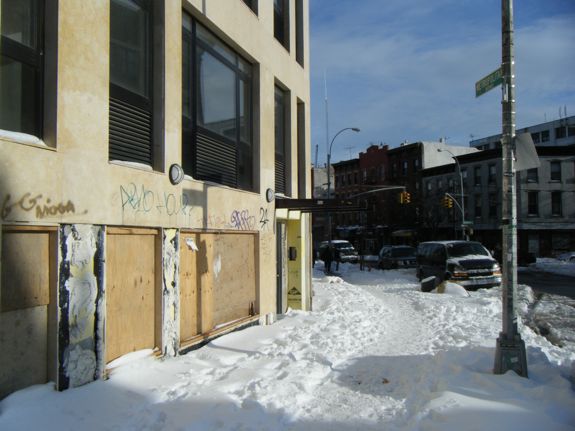Juliet Linderman has the latest on the Broadway Triangle – which is that it is still stuck in Council subcommittees. This is datelined yesterday, so it is possible that there was a vote today (Thursday). If so, I haven’t seen anything yet.
Basically, the Council is still negotiating with itself, choosing sides over the issue. Diana Reyna continues to push her colleagues to deny the project outright, while other council members seem to be trying to find modifications that will make the project better (here’s a hint – the Community Board had a number of good modifications that would make the rezoning a lot better).
Reyna seems to be letting her passion for the issue overtake the facts. In the article, Reyna is quoted as saying “This plan isn’t about planning for a community, it’s about pushing through a political deal… It hasn’t taken into account an overcrowded elementary school…or corporations like Pfizer that promise jobs”. Unfortunately, if Pfizer is promising jobs, they aren’t in Brooklyn – the company has closed up shop here after 150 years, and is taking 1,200 jobs out of the community. (I don’t think the numbers support her statement on schools either, but I’m not so well-versed in that area.) The other night, Reyna told CB1 that the Broadway Triangle rezoning would result in “only 150” units of affordable housing. The actual number – affordable units to be developed on city-owned sites – is at least 488 and may be as high as 650.
Reyna is right to criticize the process. The sole-sourcing of city-owned sites to UJO and RBSCC is wrong, and it should have been an open process. And those are issues that Council could take up. But on the other stuff, she should get her facts in order.





